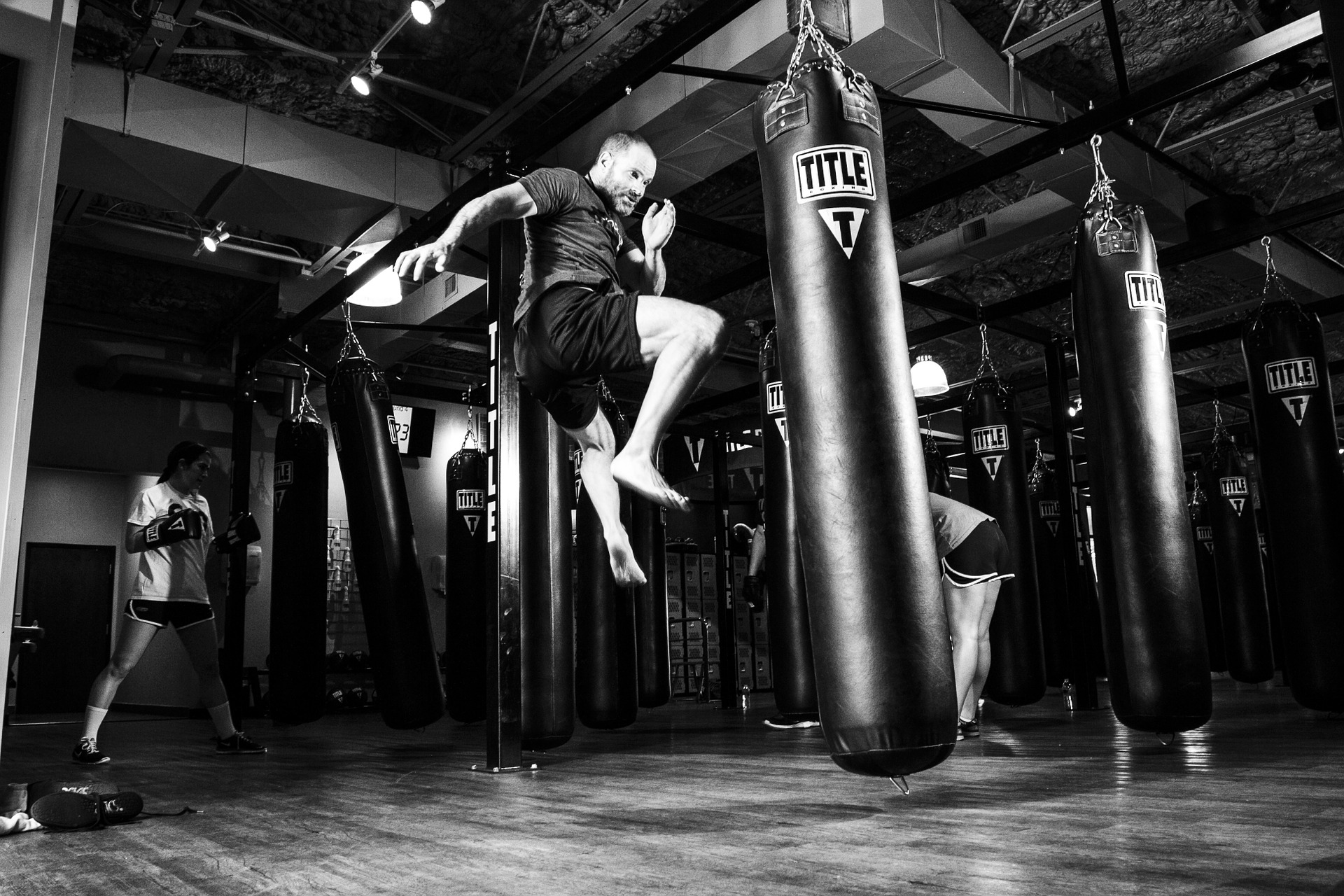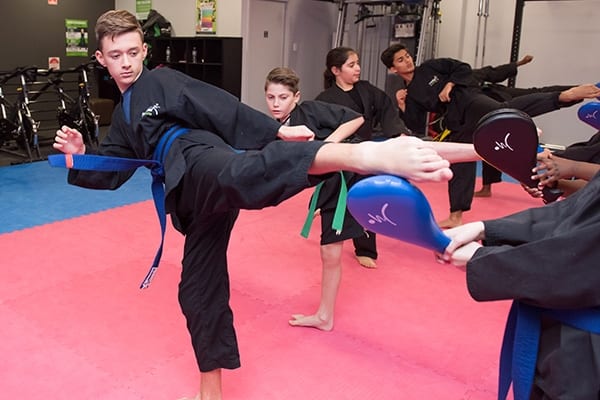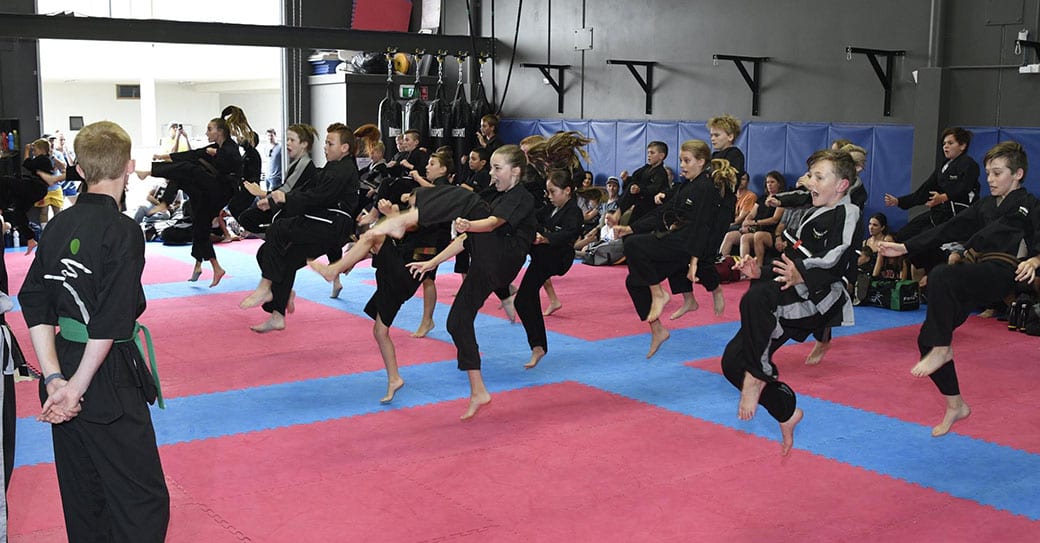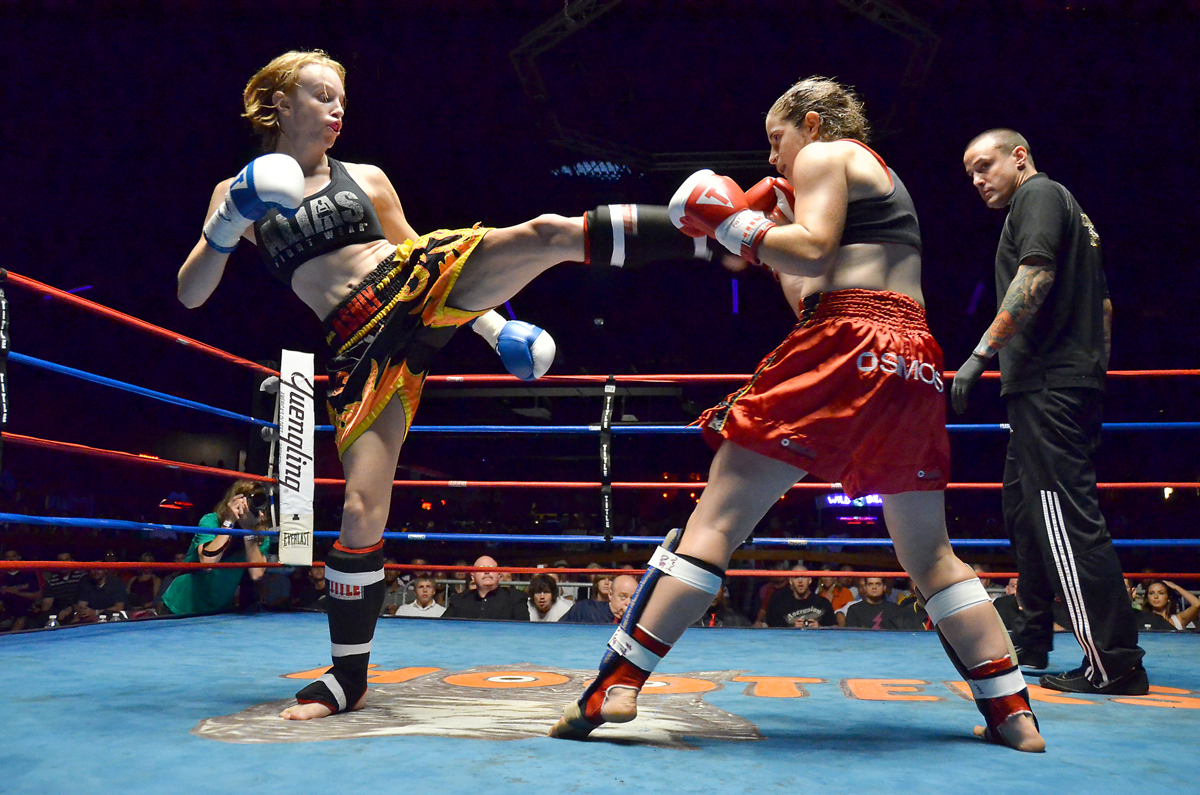Martial arts schools have been around for centuries, and the popularity of martial arts training has only increased in recent years. If you are thinking about starting a martial arts school, then you may be wondering how to do so. Here are some tips that will help your school grow and succeed:
Tips for promoting and marketing your martial arts school
- Use a good website. If you want to be taken seriously as a martial arts school, then you need to have a professional-looking website that reflects the quality of your school.
- Use social media. Social media is essential for any martial arts school because it’s one of the most effective ways to reach potential students and build community around your brand identity. Make sure that you’re posting regularly and engaging with people on Facebook, Instagram, Twitter etc., so that people know who you are and how great it would be for them to join up!
- Create an awesome logo. Your logo should be simple yet memorable; something people will remember when they see it again later down the line (which could be months later). Include elements of your martial art in there, if possible, for example, our logo uses a wrapped fist to represent combat sports in general. It’s also important to keep your logo consistent on all of your marketing material across each platform.
- Get involved with local events. If you’re teaching in a big city, then there are bound to be plenty of different martial arts schools and clubs doing things around town. Get involved by helping out at their events or hosting your own! This is a great way to get some free marketing done for you as well as making new connections within the community.
Tips for keeping things well organized
- Keeping things well organised is an important part of running a successful martial arts school. Here are some tips for making things run smoothly:
- Keep the school clean and tidy. Your students will feel comfortable in your school if it’s neat and well presented, so make sure to keep it looking its best.
- Have a clear schedule of classes and events posted on your website or in-house somewhere. This way, people can easily see when the next class is taking place or whether there are any upcoming tournaments coming up that they’d like to attend – plus it helps you stay on top of what needs doing!
- Make sure your website is up to date with current information about events and prices, so that new visitors know what they can expect when they visit for their first time (and returning customers know how much more expensive things have gotten since last year!). You should also ask instructors to update their bios regularly so potential students can learn more about them before signing up for any courses; this shows commitment on both sides which makes them more likely to stick around in future years too!
Tips for providing high quality training
- Importance of training: You want to make sure that the students in your school are getting quality training. You need instructors who understand this and can create a culture where everyone is focused on improving their skills and having fun while doing it.
- Importance of instructors: Your instructors should be able to provide high-quality instruction, both in terms of technique and delivery, as well as instilling confidence in their students.
- Importance of students: It’s important that you have a variety of students with different skill levels so that they all have something new to learn every time they attend class (and it will also help keep them coming back).
- Team environment: Creating an environment where people feel comfortable working together towards common goals will result in better teamwork between students, which ultimately improves overall skill level and performance.
- Learning environment: A good martial arts school should provide a safe space for learning without distractions from outside influences like television or loud music playing over speakers during class time – this allows everyone involved more focus on what they’re doing while also helping them concentrate more easily on what’s being taught by instructors.
- High quality equipment: Using high quality equipment will provide a better experience for both instructors and students. This will reflect on the quality of your school.


Tips for building a good reputation
- Be consistent.
- Be honest.
- Be helpful.
- Be professional.
- Be fair.
- Be accessible to all students and parents, not just the ones who can afford it or don’t mind missing class to pick up their kids from school or work two jobs to make ends meet (or who don’t have kids at all).
- Respect your instructors as well as each other; treat them with the same level of respect and courtesy you would want for yourself if you were in their position! Remember that our goal here is growth—not just physical but also mental, and spiritual growth counts too!
Keeping your students and instructors safe
Your primary concern should be keeping your students and instructors safe. This means having high standards when it comes to background checks for both students and instructors, as well as creating a safe environment for everyone who trains at your school.
- Background checks on students: Every time you bring in a new student, you need to perform a thorough background check on them. You can do this with an online service such as LexisNexis or ChoicePoint. It’s important that the information provided by these services is accurate because if there are any errors in their records (including past criminal activity), it could lead to serious consequences later down the line if they come up again during another investigation into someone else’s past behaviour.
- Background checks on instructors: As an instructor yourself, you should also be subjected to regular checks so that no one can accuse you of being untrustworthy or unqualified for teaching children how self-defence techniques work best.
As for the school itself, you need to make sure it stays clean, with the equipment being regularly checked on to reduce the possibility of injuries due to damaged equipment or unsanitary conditions.
Minimizing risk by being well insured
You should seek out insurance coverage for your school from a provider that specializes in the martial arts. This type of insurance offers many benefits and will help you avoid risks. For example, if someone is injured on your property, the cost of medical care can be covered by a policy that provides liability protection. In addition, if someone leaves a pair of shoes at your studio and they are stolen later that night, it’s important that you’re covered for loss or damage done to personal property as well as theft from your business premises.
At first glance, it may seem like getting proper coverage is expensive, but most policies allow you to choose how much insurance you need according to volumes of students and other factors. If there are specific areas where you’d like more protection than others, then this can also be arranged through an experienced broker who knows exactly what kind of coverages are available right now so contact us today!


Supplying a high-quality training environment with well-trained instructors, a community of supportive students and a professional approach are the keys to success.
- Supplying a high-quality training environment with well-trained instructors, a community of supportive students and a professional approach are the keys to success.
- Train your instructors in the style you teach and make sure that they have excellent martial arts skills.
- Provide a positive environment for students to learn and train by offering quality instruction at affordable prices where everyone feels welcome from novices to advanced practitioners.
- Have a professional approach to running the school including scheduling classes and marketing activities such as open house events or tournaments regularly as part of your business plan
- The most important part is keeping your club members safe while they learn self-defence skills in addition being able to protect themselves if necessary.
We hope this article has helped you get started with growing your martial arts school. If you have any questions, contact us today.










